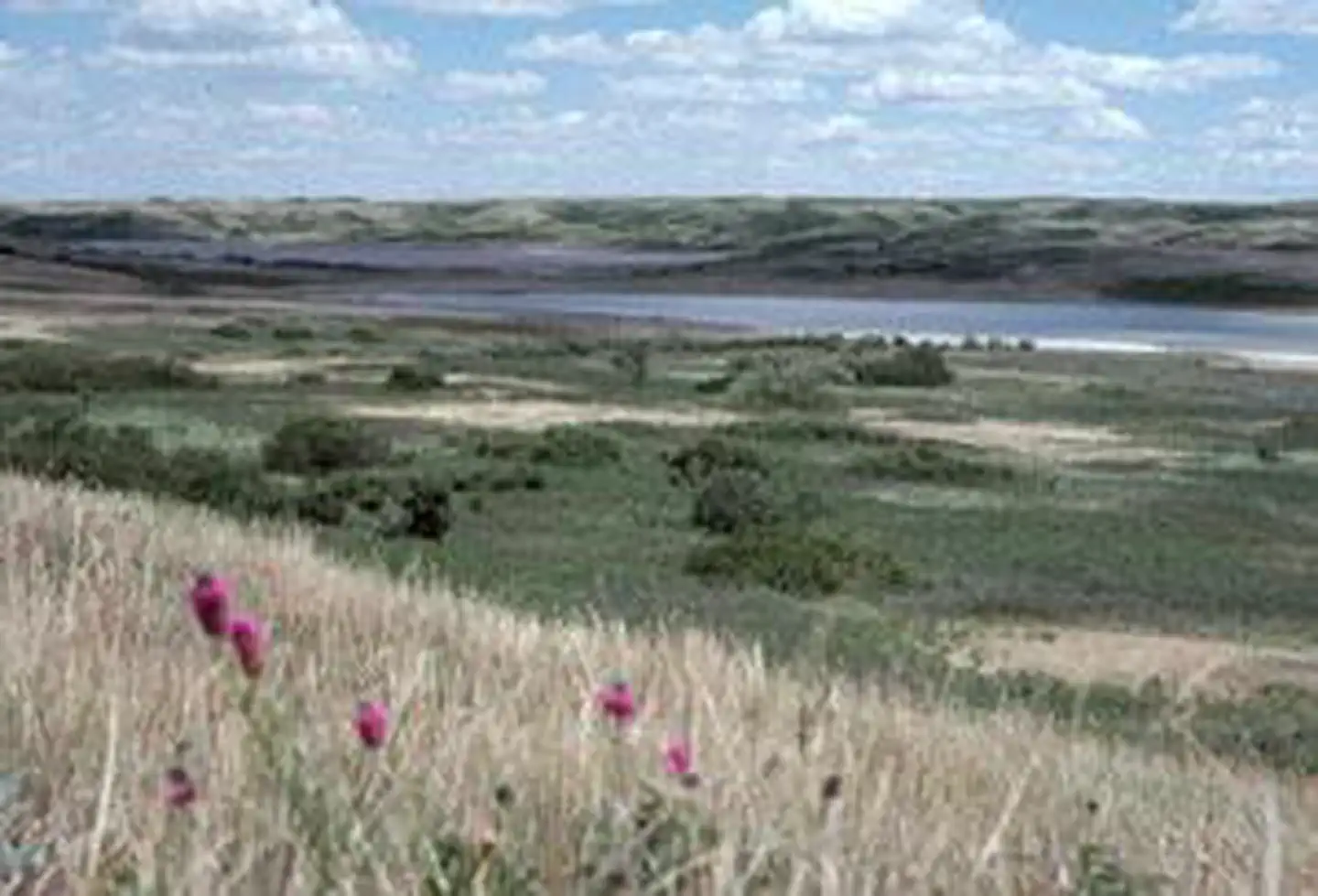Lostwood Wilderness
Lostwood National Wildlife Refuge, Near Stanley, North Dakota
Lostwood Wilderness does not offer reservations through Recreation.gov. Please take a look at the area details below for more information about visiting this location. Enjoy your visit!
Overview
The Lostwood Wilderness now contains a total of 5,577 acres and is managed by the Fish & Wildlife Service's Lostwood National Wildlife Refuge. All of the Wilderness is in the state of North Dakota. In 1975 the Lostwood Wilderness became part of the now over 110 million acre National Wilderness Preservation System.
Approximately 10,000 years ago as the glaciers receded from North Dakota a ridge of rock and soil was deposited along what is now the Missouri River. As the ice melted from within this formation of rock and soil, a landscape of rolling hills and wetlands developed known as the Missouri Coteau. The Lostwood Wilderness is located in the Missouri Coteau and is dominated by northern mixed grass prairie. Over 100 species of grasses can be found in this area and numerous species of wildflowers brighten the landscape from April through August. Lostwood Wilderness is home to an abundance of breeding waterfowl as well as many species of grassland dependent songbirds including, Baird’s, La Conte’s, grasshopper, and savannah sparrows, and Sprague’s pipit.
The climate of this area is typical of the Northern Great Plains, with annual precipitation ranging from 12-17 inches. Typically the months of May and June receive the most moisture with the remaining summer months hot and dry. It is not uncommon to exceed temperatures of 100 degrees Fahrenheit during the summer months and 20-30 degrees below zero during the winter. With few natural land barriers the wind moves freely across the Plains with speeds often 5-20mph and 25-35mph winds are not uncommon.
The 27,589-acre Lostwood National Wildlife Refuge protects some of the best native prairie in North Dakota. Approximately 70 percent of the refuge is considered virgin prairie. The Lostwood Wilderness lies in the northern section of the Refuge and is open year-round to hiking, photography, bird-watching, snowshoeing, and cross-country skiing. No camping, campfires, or motorized vehicles are allowed.
